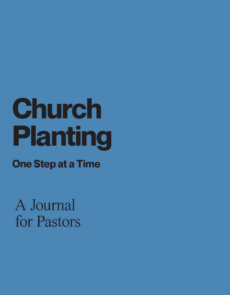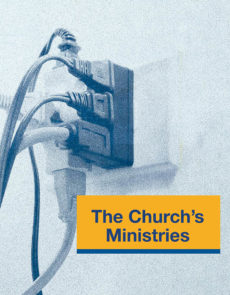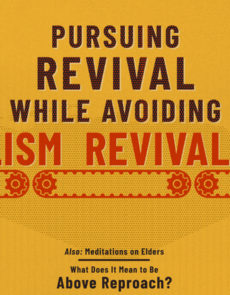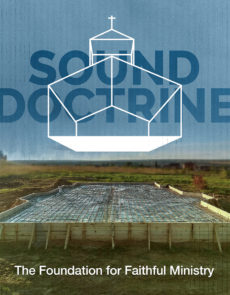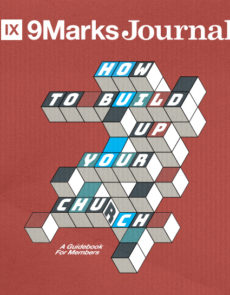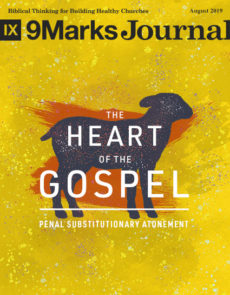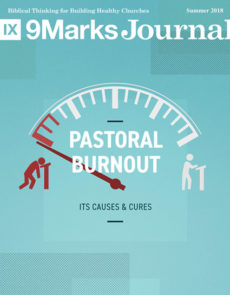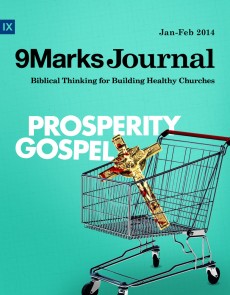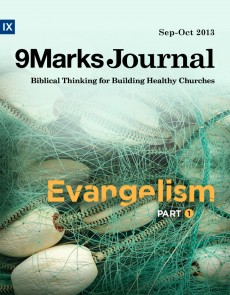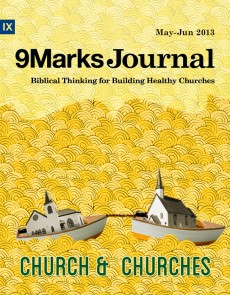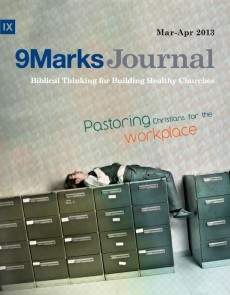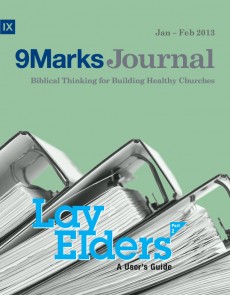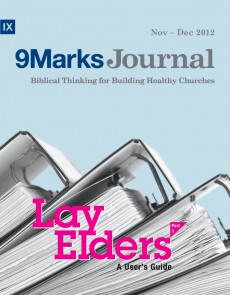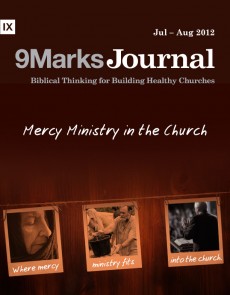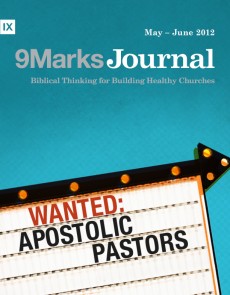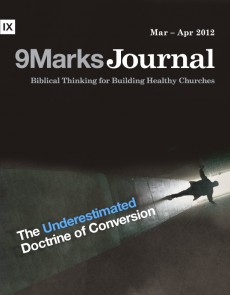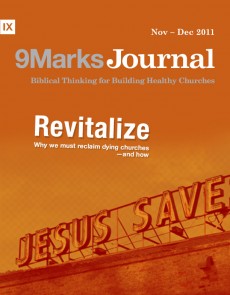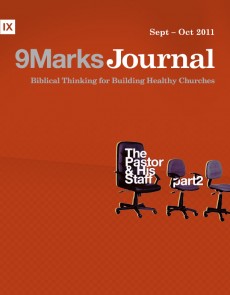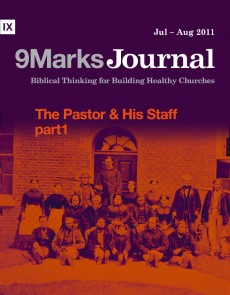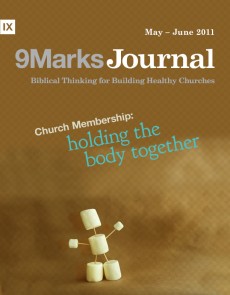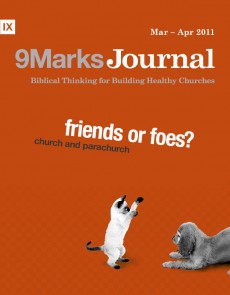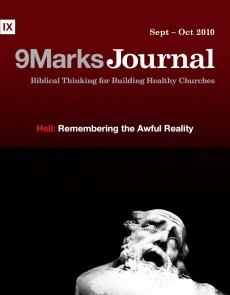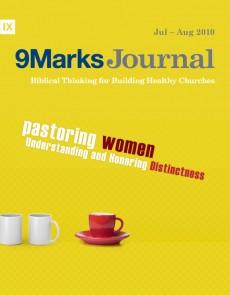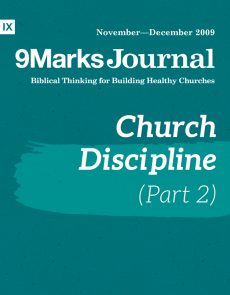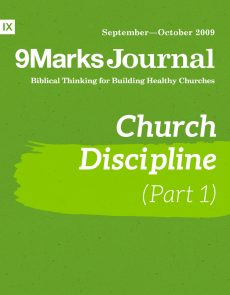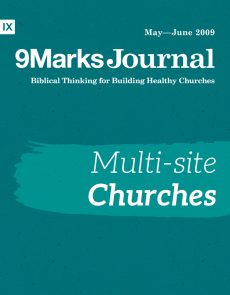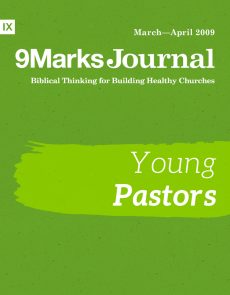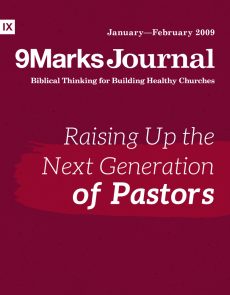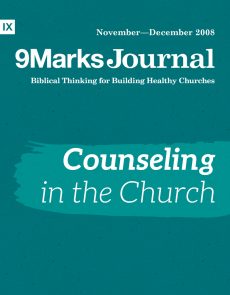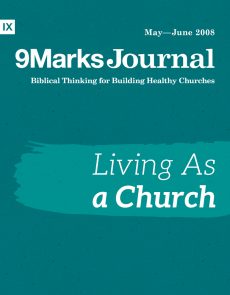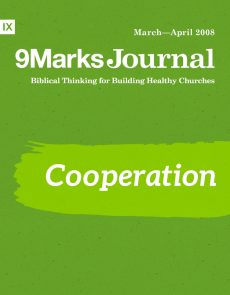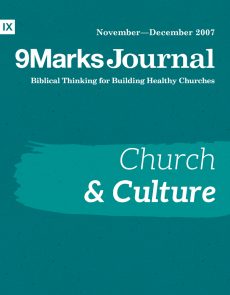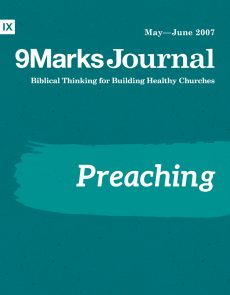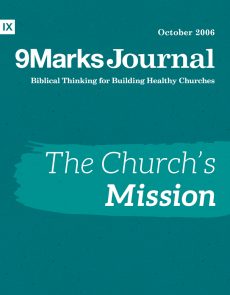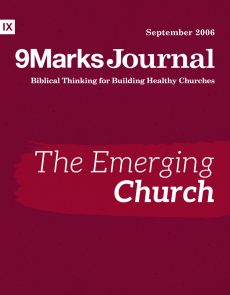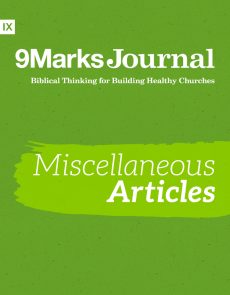Conversion in Theological Perspective

The Beauty of Conversion
By Jared C. Wilson | 9Marks Journal: The Underestimated Doctrine of Conversion | 02.29.2012The most important thing about doctrine is not whether it’s ugly or beautiful, but false or true. That said, the true doctrine of Christian conversion is just plain beautiful.
His Arm Is Strong to Save: A Trajectory of Conversion in America
By Owen Strachan | 9Marks Journal: The Underestimated Doctrine of Conversion | 02.29.2012How have Christians in different periods understood conversion and, more specifically, the means of conversion?

Conversion and the Story of Israel
By Thomas R. Schreiner | 9Marks Journal: The Underestimated Doctrine of Conversion | 02.29.2012The history of Israel reveals that the new creation and the new exodus would not be enjoyed apart from the forgiveness of sins and a circumcised heart.
Conversion in the New Testament
By Thomas R. Schreiner | 9Marks Journal: The Underestimated Doctrine of Conversion | 02.29.2012Conversion is foundational and fundamental to the story, since only those who are converted will enjoy the new creation.

Conversion, God, and the Whole Self
By Stephen J. Wellum | 9Marks Journal: The Underestimated Doctrine of Conversion | 02.29.2012It is not enough to tip our hat to Jesus; we must experience God’s sovereign and gracious work in our lives . . . to repent and believe the gospel.

The Corporate Component of Conversion
By Jonathan Leeman | 9Marks Journal: The Underestimated Doctrine of Conversion | 02.29.2012The corporate element of conversion must not come first, lest we lose the whole thing. But it must come.

Book Review: Revival and Revivalism, by Iain Murray
Review by Bobby Jamieson | 9Marks Journal: The Underestimated Doctrine of Conversion | 02.29.2012I commend it to all present and aspiring church leaders, and to any Christian who likes to ask, “How did we get here?”
Conversion in Pastoral Perspective
Conversion and Your Church’s Architecture
By Jeramie Rinne | 9Marks Journal: The Underestimated Doctrine of Conversion | 02.29.2012Despite our building woes, the Holy Spirit had been at work converting people through that gospel ministry. We hadn’t built it, yet they had come.

The Underestimated Pastoral Power of a Proper Doctrine of Conversion
By Jonathan Leeman | 9Marks Journal: The Underestimated Doctrine of Conversion | 02.29.2012What is your task? It’s reminding them that they are Christians.

How “Belonging Before Believing” Redefines the Church
By Michael Lawrence | 9Marks Journal: The Underestimated Doctrine of Conversion | 02.29.2012When we begin to deliberately blur the line, we confuse Christians about what it means to be a follower of Jesus in the first place.
Concepts of Conversion in the Inner City
By Shai Linne | 9Marks Journal: The Underestimated Doctrine of Conversion | 03.05.2012Christianity is often seen as either “grandmom’s religion” or something for drug addicts and the incarcerated when they hit rock bottom.
Testimonies of the Underestimated Gospel
By A. Mohler, C. J. Mahaney, C. Trueman, D. Patrick, D. Platt, G. Gilbert, J. D. Greear, J. Mack Stiles, J. Purswell, J. Piper, K. DeYoung, L. Duncan, M. Dever, M. Chandler, M. Schmucker, M. Lawrence, M. McKinley, P. Williams, R. D. Moore, T. Anyabwile | 9Marks Journal: The Underestimated Doctrine of Conversion | 02.29.2012What were the human means and instruments of your conversion?

Six Ways to Give Your People False Assurance
By Mike McKinley | 9Marks Journal: The Underestimated Doctrine of Conversion | 02.29.2012Don’t preach moralism. Ever. Preach the gospel every week. And then, with the indicatives of the gospel firmly in place, preach the imperatives that necessarily follow.

Book Review: Finally Alive, by John Piper
Review by Zach Schlegel | 9Marks Journal: The Underestimated Doctrine of Conversion | 02.29.2012What does it mean to be born again? What difference does it make for an individual Christian? For a church?
Miscellaneous Book Reviews

Book Review: Gospel Clarity: Challenging the New Perspective on Paul, by Ligon Duncan and William B. Barcley
Review by Nicholas G. Piotrowski | 9Marks Journal: The Underestimated Doctrine of Conversion | 02.29.2012Barcley and Duncan’s work is a valuable contribution to the debate on Paul and the New Perspective.

Book Review: 40 Questions about Christians and Biblical Law
Review by Nicholas G. Piotrowski | 9Marks Journal: The Underestimated Doctrine of Conversion | 02.29.2012Do you want to interpret the Bible rightly? Comprehend justification? Understand what parts of the law do apply to your life? Then you need to understand the law.

Book Review: How Sermons Work, by David Murray
Review by Aaron Menikoff | 9Marks Journal: The Underestimated Doctrine of Conversion | 02.29.2012How Sermon’s Work is slender enough to be used by the untrained and provocative enough to stimulate healthy discussion among more experienced preachers.
From the 9Marks Journal:
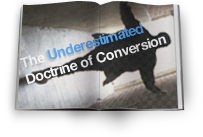
Free Download
PDF, ePub, and Kindle files will be sent to this email address. As part of our community, you will receive content & communication from 9Marks. You may unsubscribe at any time.
Support 9Marks
Our work is possible by the generosity of our readers. Give Today











